Psychology Classics On Amazon

Optical Illusions
David Webb (Owner, writer & host of All-About-Psychology.Com)
Optical illusions have long been a source of psychological interest, particularly in relation to the science of visual perception, sensory processes and attention. The following extract, for instance, from 1897 is taken from an article written by E.W Scripture from Yale University entitled "Sources of The New Psychology."
"The physiology of the eye originated much of the psychology of sight. Concerning the functions of the optical system, physiology can scarcely be said to have gone beyond the dioptrics of the eye. Nearly all further knowledge consists of deductions from the mental experiences of the subject. For example, physiology knows almost nothing concerning the functions of the retina. Psychologically, however, the color sensations and their combinations can be accurately measured.
It is true that the investigations of color vision have been and are mainly carried out by physiologists and physicists; but the point of view has become primarily a purely psychological one. This is strikingly exemplified in the researches of Konig, from which physiological deductions are practically excluded. For the various other phenomena, such as those of the optical illusions, of monocular and of binocular space, we have at present no hope of anything beyond a psychological knowledge, and the investigations of Hering, Helmholtz, and others can be regarded as direct contributions to psychology."
Psychology's Optical Illusion Research Pioneers
Joseph Jastrow (Jan 30, 1863 - Jan 8, 1944)
Joseph Jastrow earned his Ph.D., from the first psychological laboratory established in the United States at Johns Hopkins University in 1886; and was one of the original 31 members of the American Psychological Association founded in 1892, serving as president in 1900. Following his appointment by the University of Wisconsin in 1888, Jastrow established what would become the oldest continuously supported psychology department in the U.S.
Among his renowned academic interests, Jastrow was noted for his work on optical illusions. His landmark paper on the subject 'A Study of Zöllner's Figures and Other Related Illusions' was published in 'The American Journal of Psychology' in April 1892, which included the following extract and illustrations:
We may also be tempted to judge of two areas by their juxtaposed lines, thus regarding one of two equal areas as larger than the other. This is shown (in the figure below) which also shows very well when the figures are cut out and moved about to assume various positions. The upper figure seems larger, because its long side is brought into contrast with the shorter side of the other figure. Similarly, a square resting on a corner seems larger than one resting on a side, because we then contrast the diagonal with the side.
(The next figure) presents another illustration of the same principles; the lower figure seems to be distinctly the larger, and the contrast is emphasized because it is thrown entirely to one side of the figure. In judging areas, we cannot avoid taking into account the lengths of the lines by which the areas are limited, and a contrast in the lengths of these is carried over to the comparison of the areas. We judge relatively even when we most desire to judge absolutely. Relative distinctions and the perception of relation seem to be more natural and significant than absolute ones. We cannot view the part as unrelated to the whole. This is a widely applicable principle and is suggested as a convenient guiding principle by which the study of such illusions of sense may be profitably directed.
Joseph Jastrow was instrumental in popularizing psychological science among the general public and regularly wrote for leading magazines such as Popular Science Monthly, including an article in 1899 titled 'The mind's eye' which featured the rabbit–duck illusion shown at the top of the page.
Edgar Rubin (Sep 6, 1886 - May 3, 1951)
Edgar Rubin was Professor of Experimental Psychology and Director of the Psychological Laboratory at the University of Copenhagen, Rubin is best known for his groundbreaking research on the roles of figure and ground organization in visual perception; famously illustrated in the 'vase/two faces' figure which he originally presented in his doctoral dissertation in 1915.
Rubin's influential writing in this area was adopted by Max Wertheimer and his followers as evidence of the need for a Gestalt understanding of the visual process.
Edwin Boring (Oct 23, 1886 - Jul 1, 1968)
An eminent experimental psychologist and renowned historian of psychology, Edwin Boring was also known for his influential work on visual perception, in particular ambiguous illusions; such as the ubiquitous young woman, old woman figure which Boring originally reported on in The American Journal of Psychology in 1930.
Edwin Boring joined the Faculty at Harvard University in 1922, serving as Director of the Psychological Laboratory from 1924 to 1949 before retiring in 1956 as the Edgar Pierce Emeritus Professor of Psychology. Among his many notable achievements, Boring served as president of the American Psychological Association (APA) in 1928, was elected to the National Academy of Sciences in 1932 and was listed as one of the 100 most eminent psychologists of the 20th century by the APA in 2002.
Fifty Shades of Gray (Minus 49!)
Forget fifty shades of gray; it's time to spank your mind with just one!
(The squares marked A and B are the same shade of gray!)
Square A and B really are the same shade of gray. This incredible illusion was created by Edward H. Adelson, Professor of Vision Science in the department of Brain and Cognitive Sciences at the Massachusetts Institute of Technology. According to Professor Adelson, the illusion is a product of your visual system attempting "to determine where the shadows are and how to compensate for them, in order to determine the shade of gray 'paint' that belongs to the surface."
Square B sits in the shadow of the cylinder, Square A does not and your perceptual field has evolved to automatically correct changes in the appearance of a color when it is in shadow. A great explanation as to why squares A and B appear so visually different has been offered by Richard Wiseman, Professor of the Public Understanding of Psychology at the University of Hertfordshire.
"Your eyes and brain see that the two squares are the same shade of gray, but then think, 'Hold on - if a square in a shadow reflects the same amount of light as a square outside of the shadow, then in reality it must be a much lighter shade of gray.' As a result, your brain alters your perception of the image so that you see what it thinks is out there in the real world."
If you still don't believe that the squares marked A and B are the same shade of gray, the next image should help convince you.
Mind blowing visual illusion by Professor Kokichi Sugihara
Available from Amazon (prime eligible) in a range of colors for women and men, this Old Woman Young Woman Illusion T-Shirt is perfect for anyone with an interest in visual and optical illusions. Also makes a great gift for psychology students, teachers and psychologists. #OpticalIllusions #VisualIllusions #psychology #PsychologyTShirt #PsychologyGift
About The Author
David Webb is the owner, writer and host of four websites built around his teaching and research interests; including All-About-Psychology.Com which receives over two million visits a year.
A passionate promoter of psychology through social media, over 890,000 people follow his psychology Facebook page and he is featured on the British Psychological Society list of the 100 most followed psychologists and neuroscientists on Twitter.
A bestselling author, his published work includes: The Psychology Student Guide - The Incredibly Interesting Psychology Book and, On This Day in Psychology.
Recent Articles
-
5 Tips for Keeping Your Elderly Loved Ones Safe
Apr 15, 24 10:30 AM
Insightful article outlining 5 tips for keeping your elderly loved ones safe -
Unlocking the Mental Health Benefits of Cold Plunge
Apr 14, 24 09:52 AM
Great article exploring the mental health benefits of benefits of cold plunge water immersion. -
The Hidden Meanings Behind Colors A Guide to Color Psychology
Apr 13, 24 08:23 AM
The Hidden Meanings Behind Colors A Guide to Color Psychology. Learn the psychological effects of colors and how they impact your daily life. Discover the hidden meanings behind the colors you see.
Please help support this website by visiting the All About Psychology Amazon Store to check out an awesome collection of psychology books, gifts and T-shirts.
Go From Optical Illusions Back To The Home Page
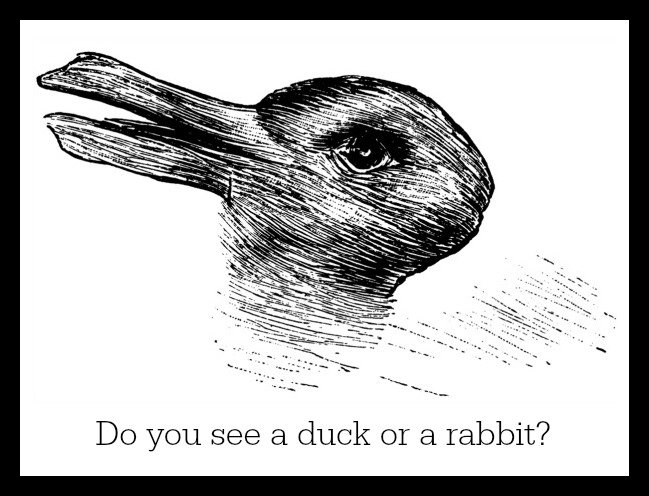
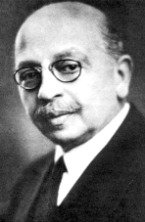
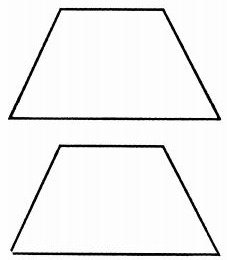
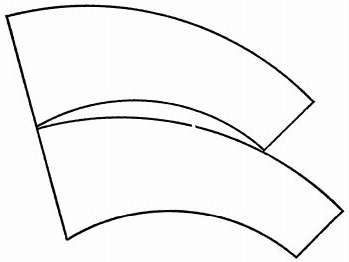
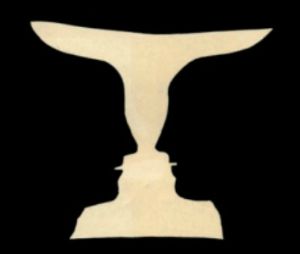
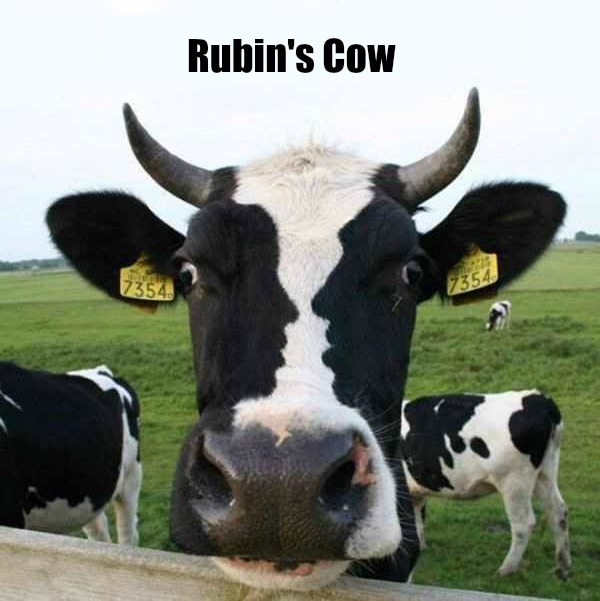
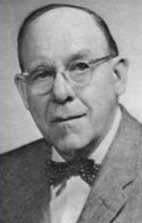
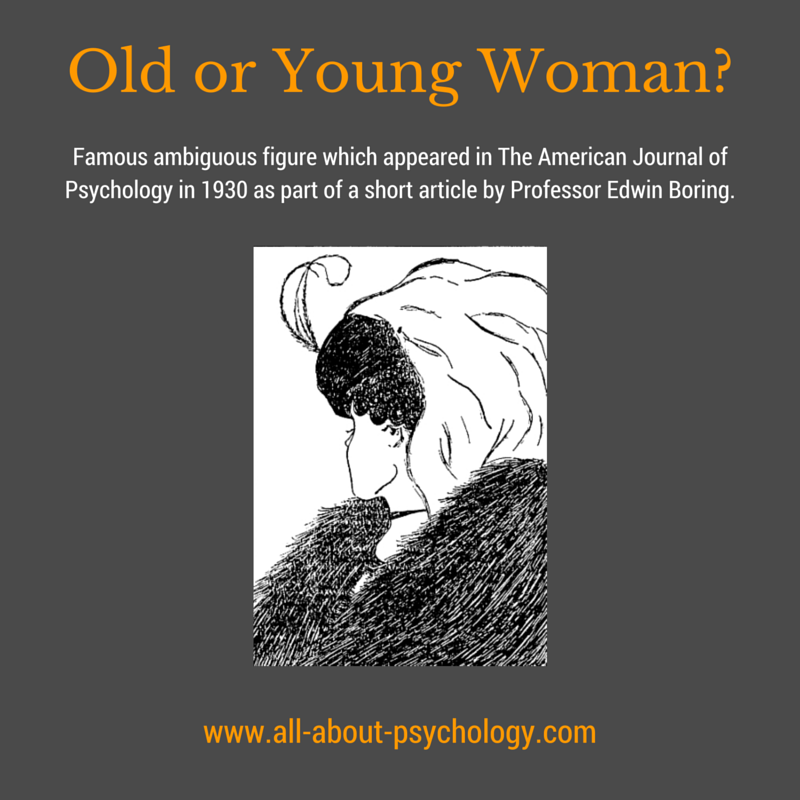
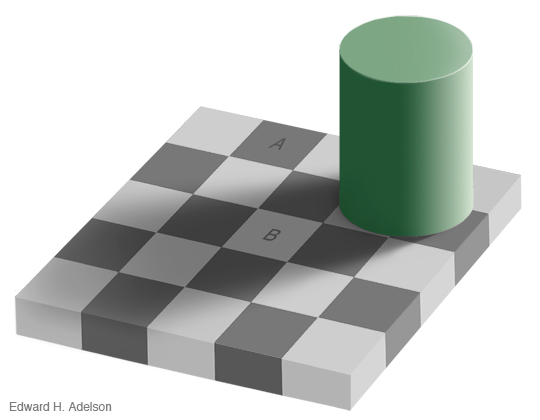
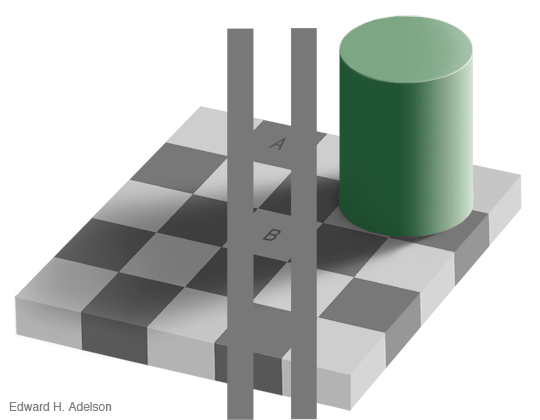
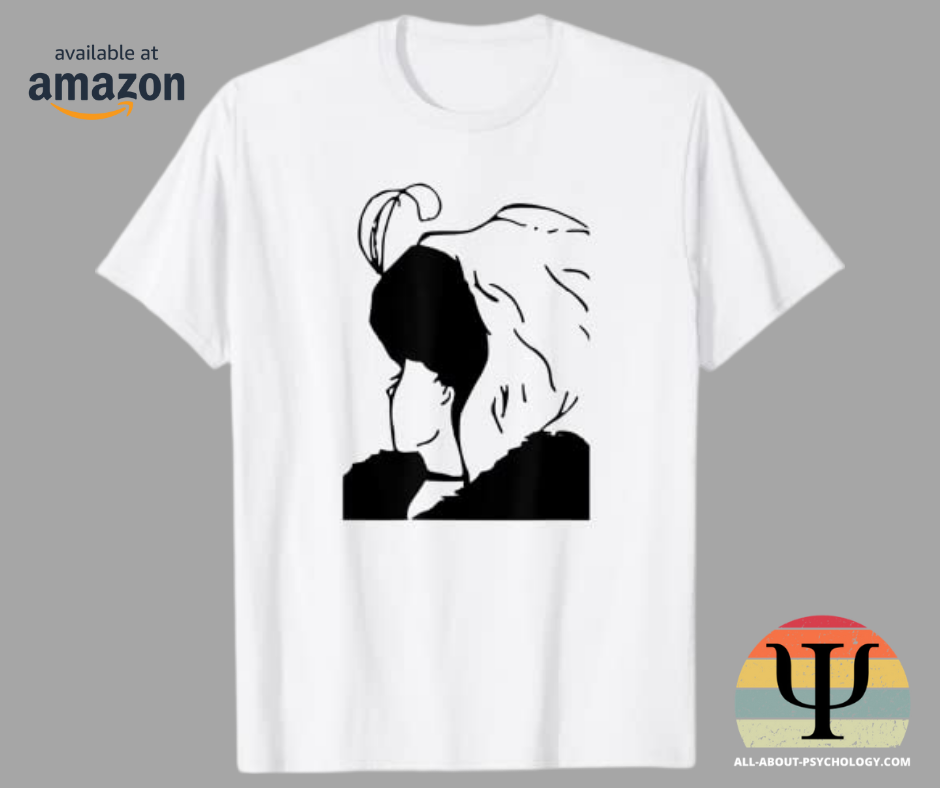





New! Comments
Have your say about what you just read! Leave me a comment in the box below.